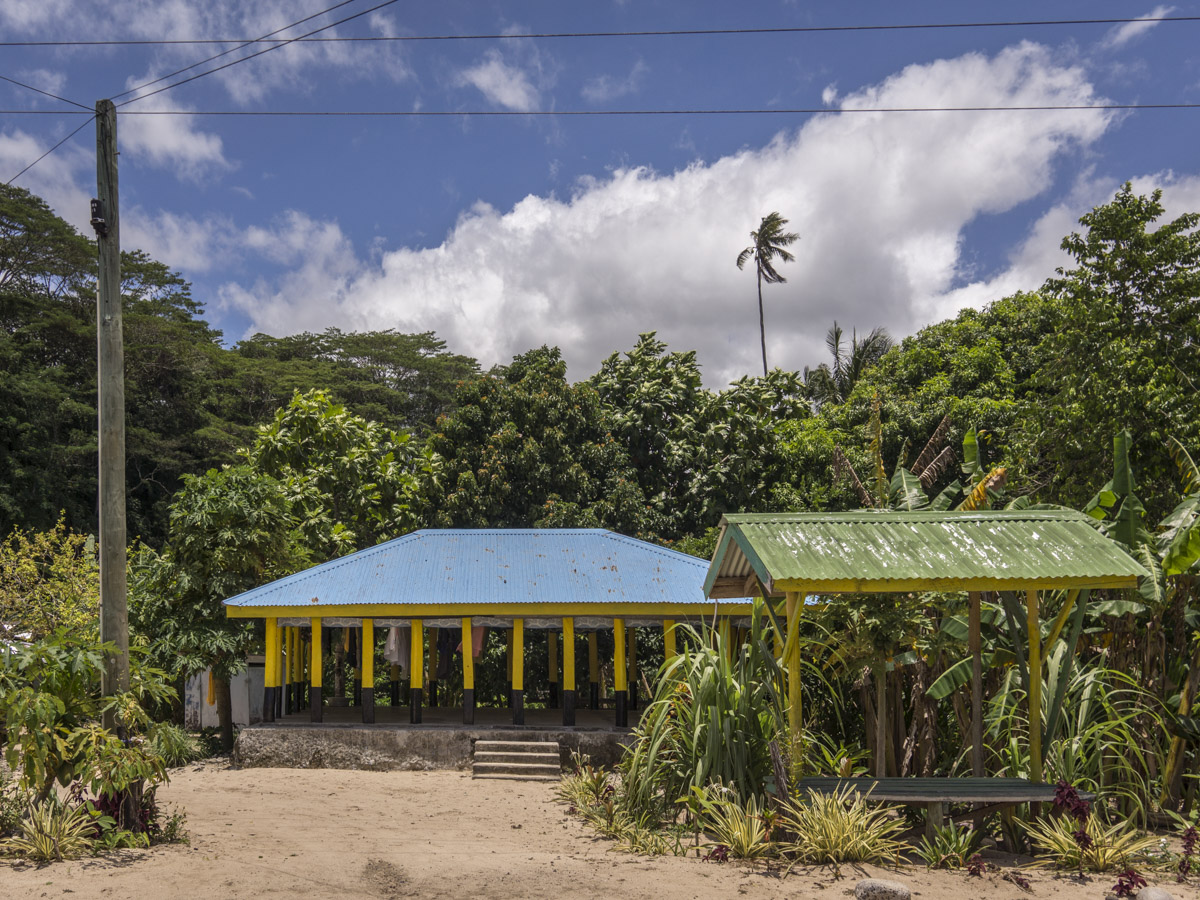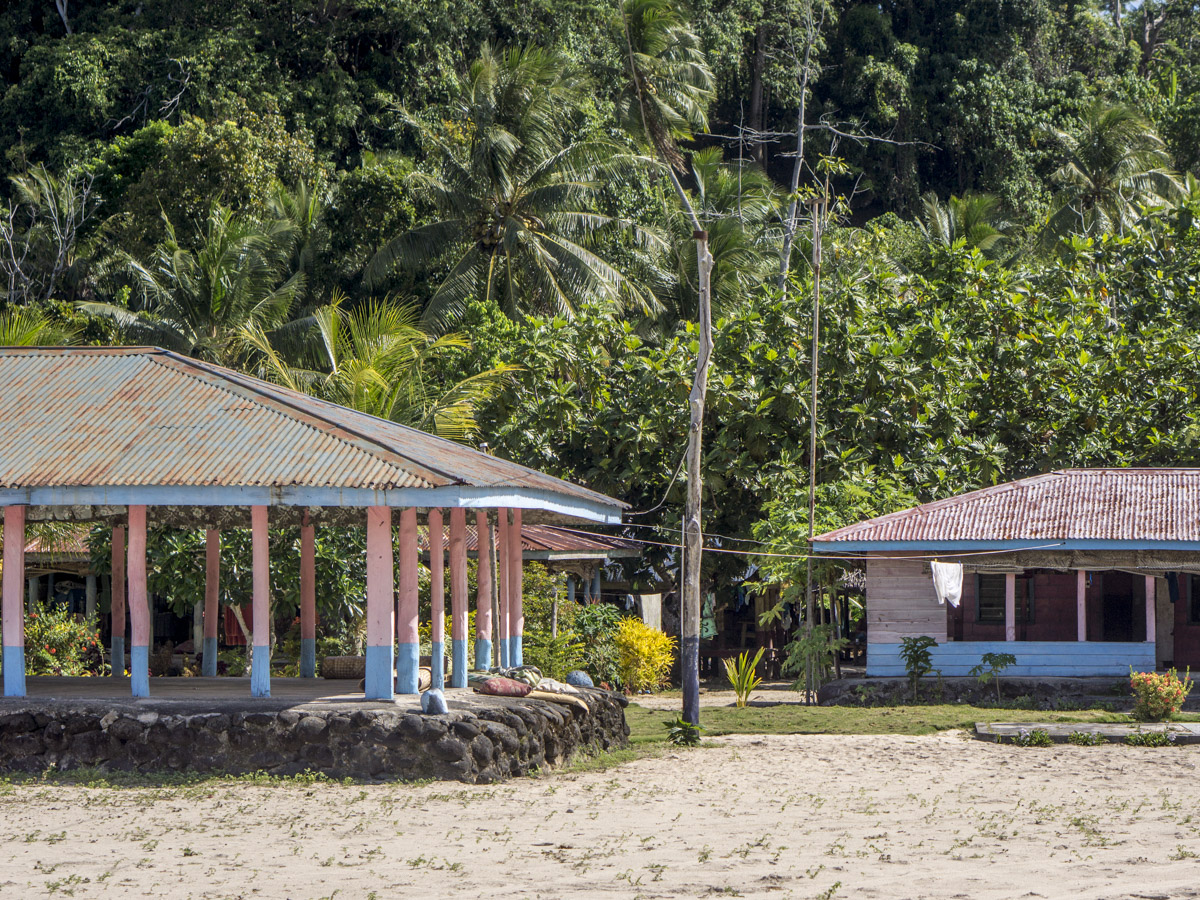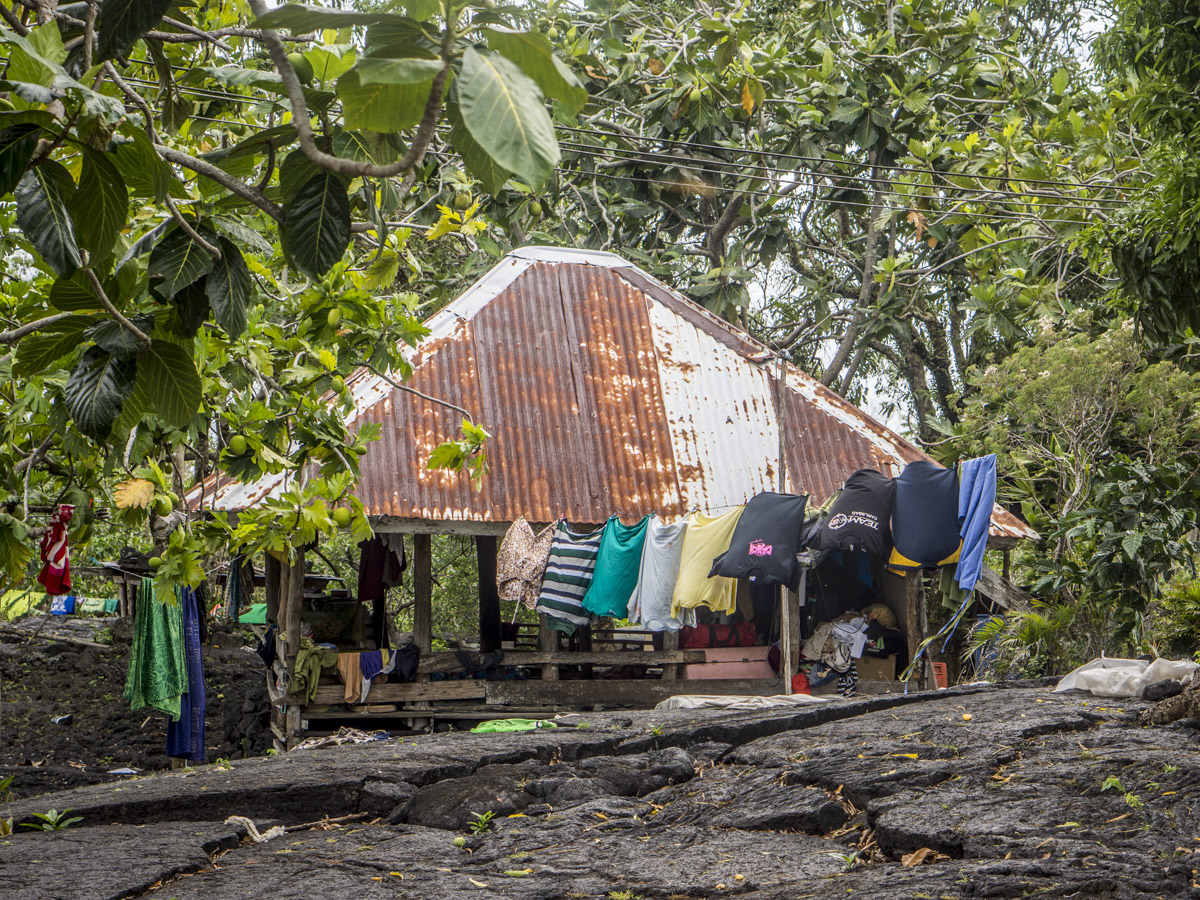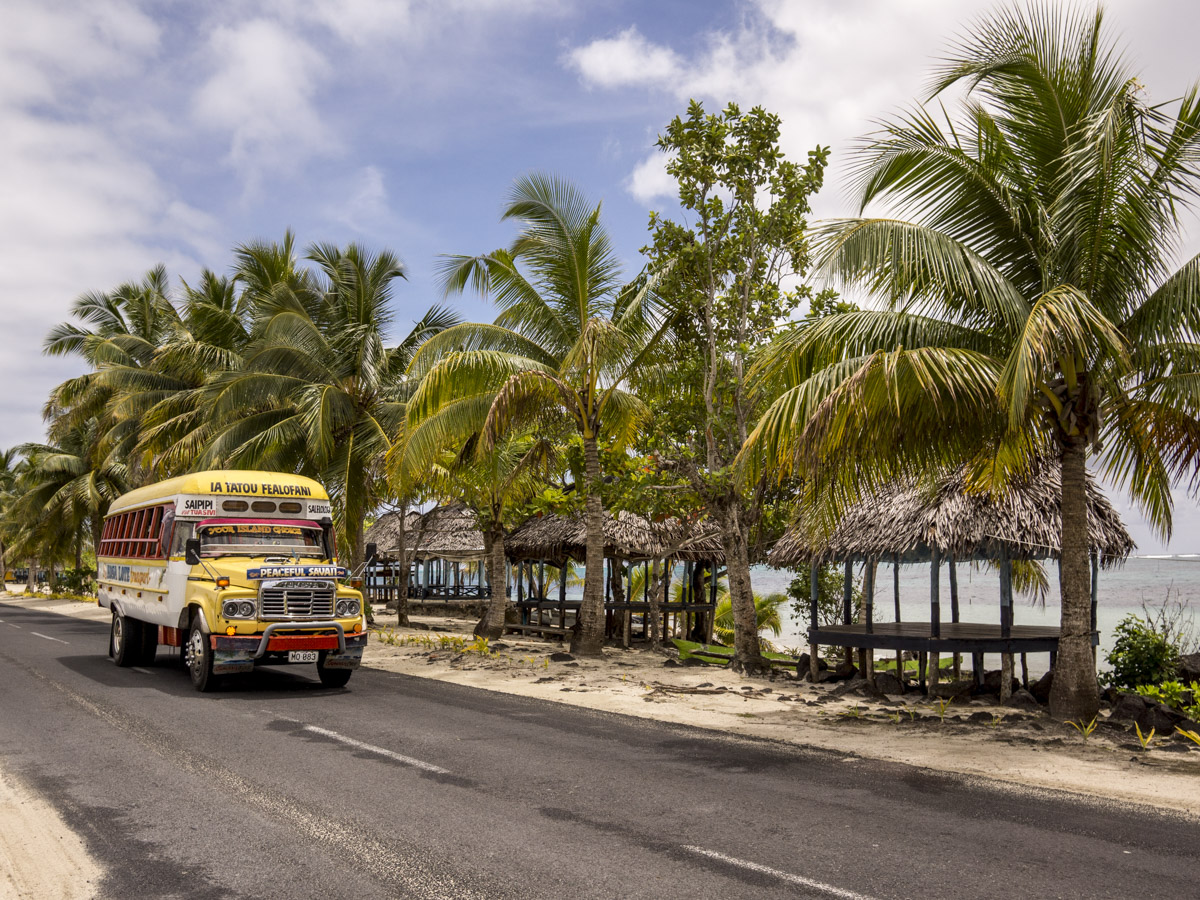fales
samoa | travelled in 2015 | posted on nov 20, 2015
if you travel to samoa, you should stay in a fale - i guess every travelbook on samoa does recommend this. so, what is a fale? basically it is the samoan word for any kind of house.
of course, if you go to samoa, like any other place, you don't want to sleep on the streets. so why the recommendation to stay in a house? because nowadays, the word fale is commonly used for describing the traditional samoan houses that are still widely used everywhere in the country.
there are different types of fales. the fale tele is a big house, used as a meeting place for chief councils, family meetings or special events. the afolau is a stretched fale that is used as the living area or a guest house. the faleo'o is a small hut that provides some extra space that can be used for sleeping, guests or storage. a now very popular faleo'o is the beach fale, a small hut placed at or near a beach that today is used as accomodation for tourists (this is what the guidebooks are talking about). there is even a fale especially for cooking, the tunoa.
what all types of fales share is their general design. basically, a fale is nothing more than a thatched roof on stilts - but nowadays the roof is very often made from metal. there are no walls. at the very most, a fale has some simple woven blinds that can be closed.
nowadays, most people are used to live with their family in a big house with many rooms - in samoa instead a living compound consists of several small buildings, some of them built in modern style, but many of them still being fales.
for someone like me who is used to protect his private space behind walls and closed doors, this way of living seemed at first like being exposed to everybody all the time. i had no idea where the border between privacy and public view would be. but surprisingly, this openess in fact did create some invisible barrier. watching closely or too long and also taking pictures sometimes made me feel like an intruder into the people's private space, which made it even harder to get in touch with the local people than at other places.
but also the reverse experience - living in a fale for some days - was quite interesting. sitting in your own space but being visible to other people passing by. but who cares, if you can fall asleep and wake up by the sound of the ocean waves, as this fale was indeed literally a beach fale.




















